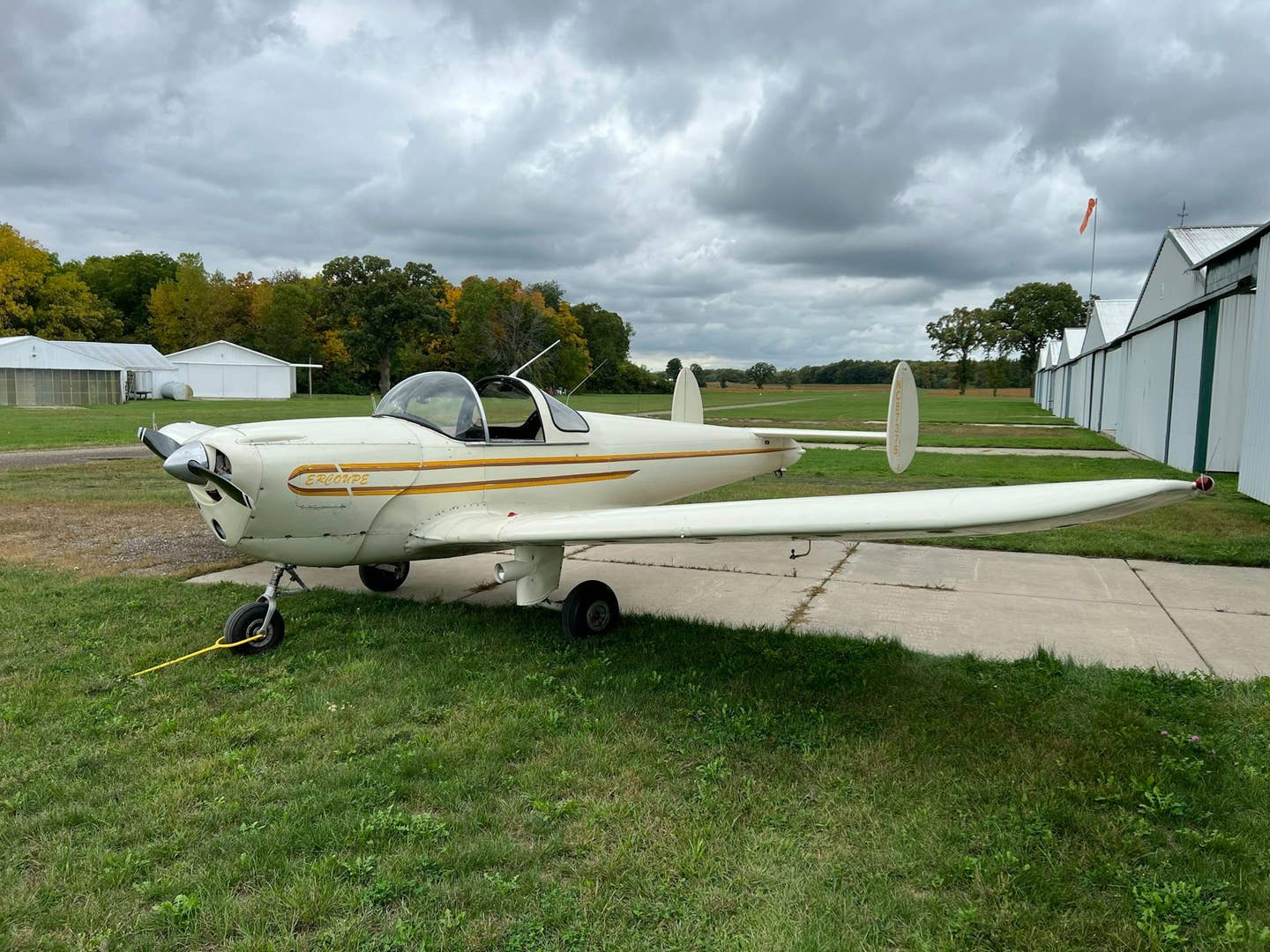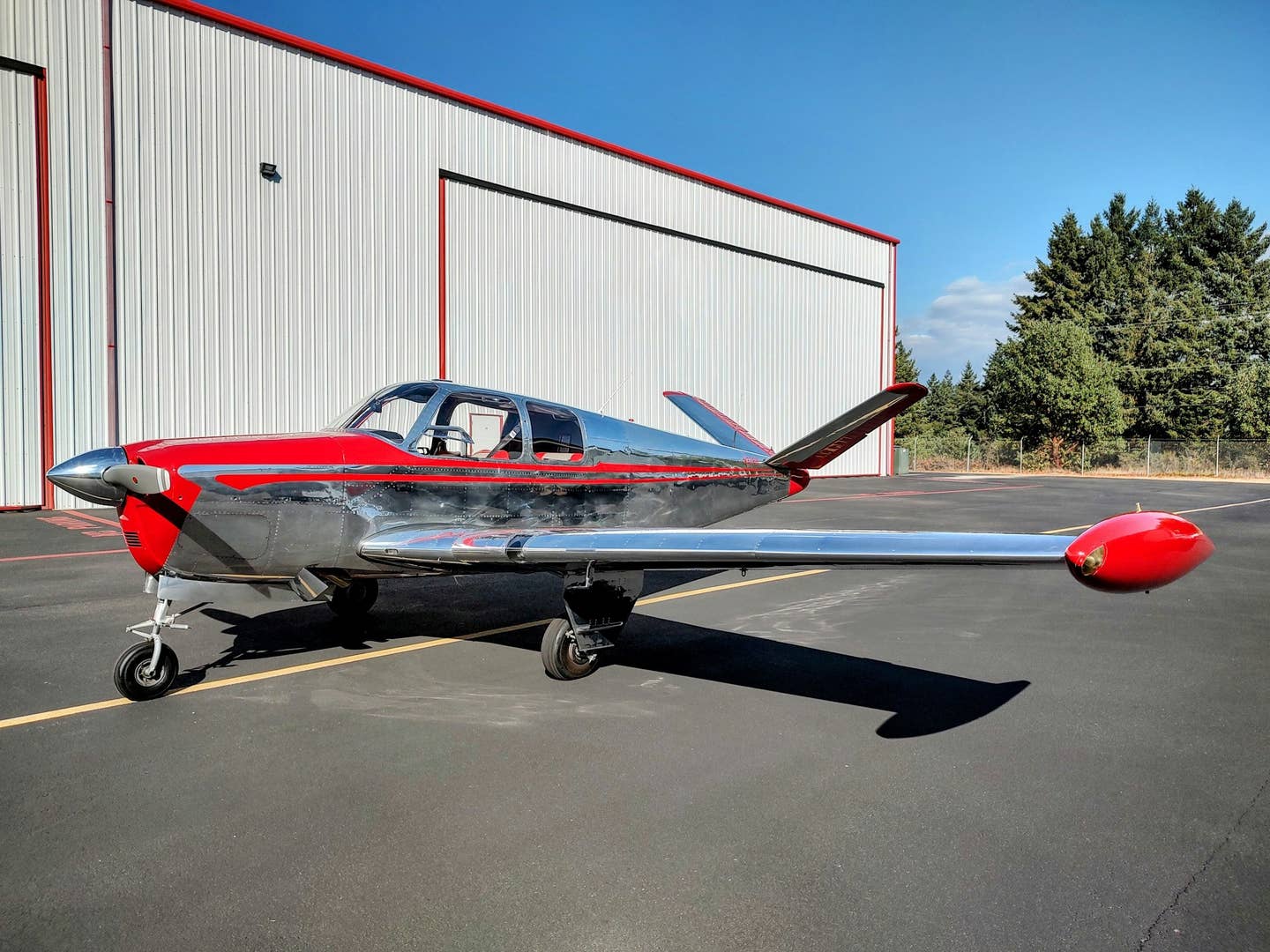This Incredible Plane: The Gossamer Albatross
The most successful human-powered aircraft pushed both plane and pilot to the very edge.

The Gossamer Albatross in flight.
If the idea of an airplane you could hop into, or onto, and pedal to the sky appeals to you, I get it. But don't hold your breath for one to show up at your local sporting goods store any time soon. The physics of creating a human-powered plane are impossible.
Well, almost impossible. The Gossamer Albatross was built in the late 1970s for a pair of world-record competitions and took home the gold in both. In the process, it established world records that stand today.
Designed by Cal Tech engineer Paul B. MacCready (1925-2007), a towering figure in aeronautics, the plane was pure science and not an attempt in any way to create a practical aircraft, certainly not one intended for production.
The goal was to push the limits of human-powered flight and, while he was at it, compete for two Kremer prizes. For the first one, for human-powered flight on a 1-mile closed, figure-eight course, MacCready created the Gossamer Condor and subsequently took home the $50,000 prize (which had gone unclaimed for nearly 17 years).
But it was the second, newly created Kremer challenge, a $100,000 prize for the first human-powered plane to cross the English Channel, that drove the Albatross design. Given the physics behind it, including the sheer amount of power required to keep even a very light plane aloft for any length of time, the challenge seemed impossible.
But MacCready believed he could pull it off and set out to create in the Albatross a plane as light as possible while incorporating a huge wing. The final design weighed just 70 pounds yet had a wingspan of nearly 100 feet and a wing area of nearly 500 feet, slightly larger than super mid-sized business jets that weigh approximately 250 times as much as the Albatross. To get there, the plane's wings were made of foam-core ribs covered by Mylar film.
"Designed by Cal Tech engineer Paul B. MacCready (1925-2007), a towering figure in aeronautics, the plane was pure science and not an attempt in any way to create a practical aircraft, certainly not one intended for production. "
Because tails are fairly heavy, for elevator control, MacCready employed a canard wing mounted on a single boom that was set far forward of the wing for maximum effectiveness. The human engine---the Albatross was flown and powered by amateur cyclist Bryan Allen---was seated in a clear plastic enclosure. From that seated position, Allen used the pedals, which, through a simple linkage, were connected to a large two-bladed pusher prop.
Powering the Gossamer Albatross was an extreme athletic feat, and despite Allen being a capable cyclist, the amount of effort required would be sustainable for only so long, and a Channel crossing---the body of water is just over 20 miles across---would require the cyclist to pedal hard for an extended period of time with no rest possible along the way.
Yet on Aug. 23, 1977, pedaling 22.2 miles at an average speed of just over 18 mph, Allen crossed the channel, landing in France two hours and 49 minutes later. And the MacCready team took home the prize.
For the achievement, MacCready was later awarded the Collier Trophy for the top achievement in aeronautics for 1977. He would go on to help design and create several more world-record-setting aircraft, all of them exploring the possibilities of human- and solar-powered flight.

Subscribe to Our Newsletter
Get the latest Plane & Pilot Magazine stories delivered directly to your inbox






